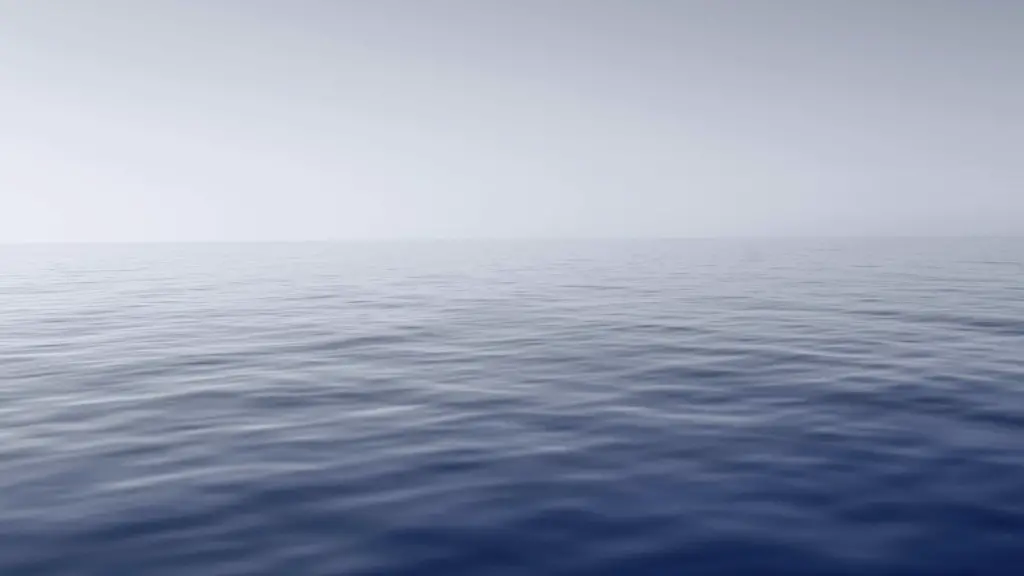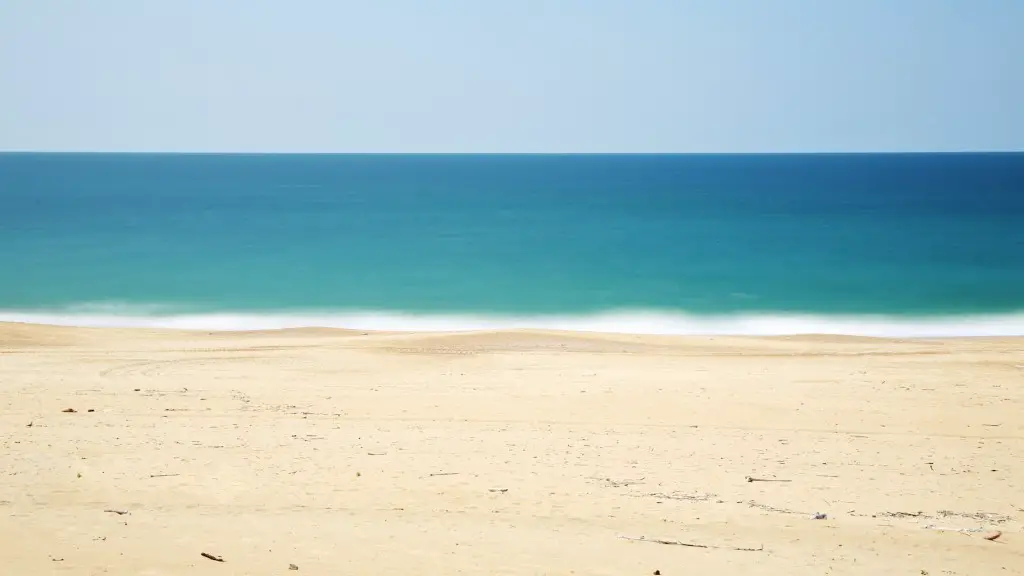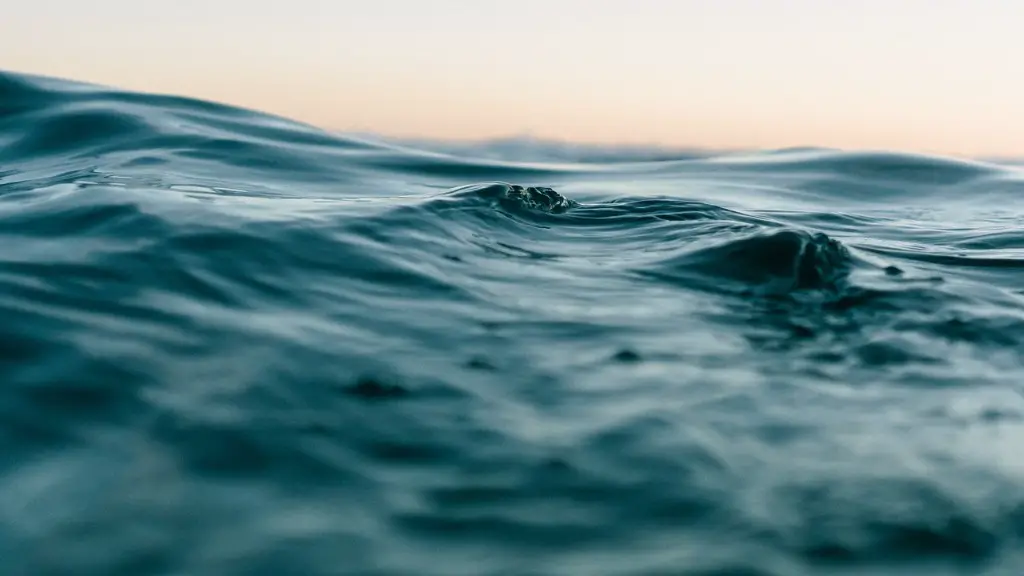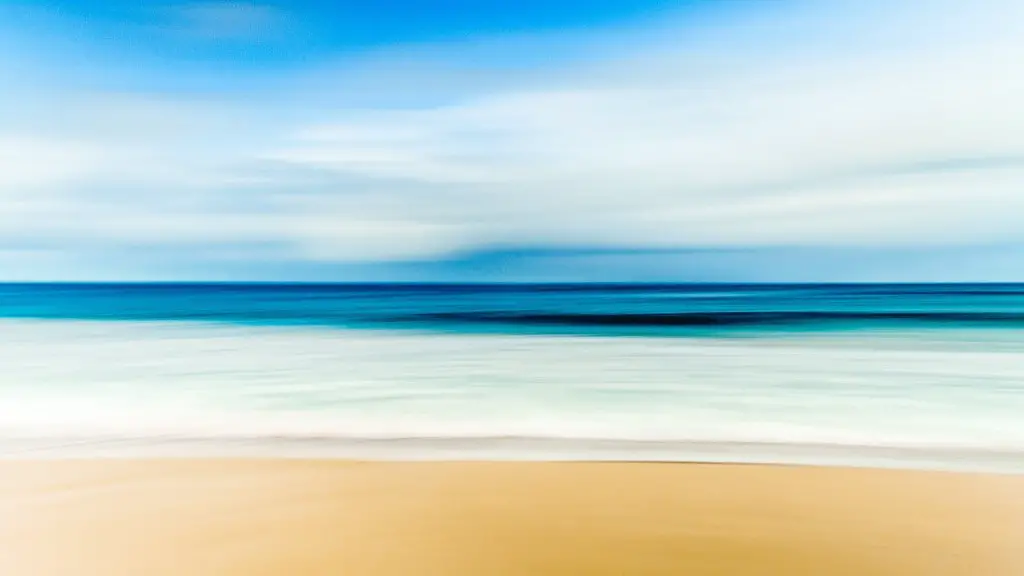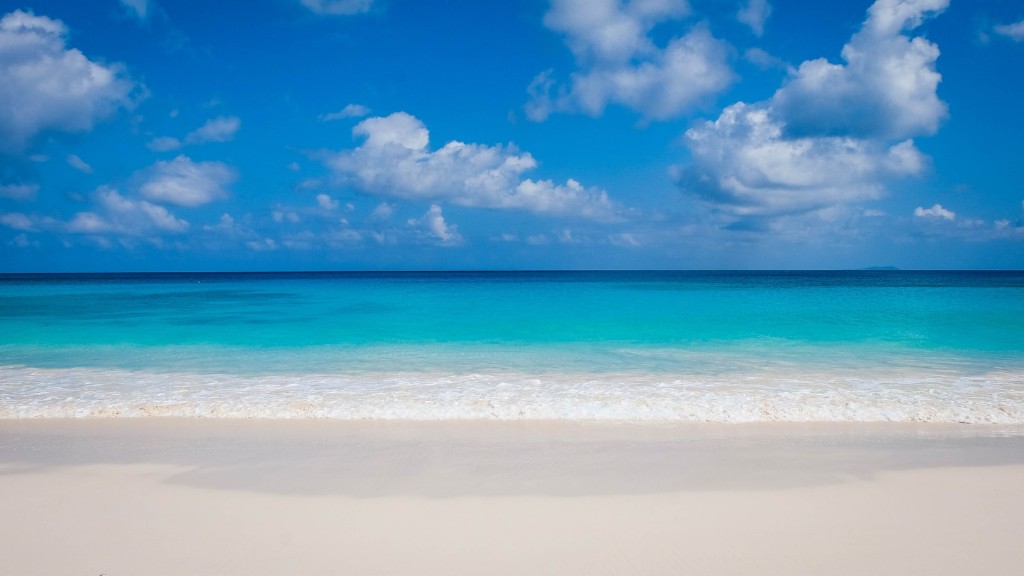The black sea bass (Centropristis striata) is a species of marine ray-finned fish, a sea bass from the subfamily Serraninae which is part of the family Serranidae, which also includes the groupers and anthias. This fish is native to the western Atlantic Ocean where it occurs from Rhode Island and Massachusetts south to Florida, and the Gulf of Mexico. Black sea bass are protogynous hermaphrodites, meaning individuals start out as female and have the ability to transform into male.
Black sea bass are opportunistic feeders and will eat just about anything they can fit in their mouths. They will eat crustaceans, mollusks, small fish, squid, and even algae.
Are black sea bass bottom feeders?
When fishing for black sea bass, it is important to remember that they are bottom feeders. This means that they are most often found close to the bottom of the sea floor, around reefs, wrecks, jetties, and other hard structures. Therefore, the best way to find them is to look for these types of structures first.
The teeth of the black sea bass are arranged in wide bands with inner and outer teeth enlarged. The vomerine teeth appear in a wedge-shaped patch while the teeth on the palatine are arranged in a long narrow patch. Teeth are absent on the tongue.
What is the best bait for black sea bass
Squid is the most popular bait because it is easy to find, inexpensive, and can be trimmed to strips. Black sea bass will also eat clams, crabs, bloodworms, and sandworms. Artificial baits with natural scents, like Berkley Gulp and Z-Man Scented Baitz, also work well.
If you’re fishing for sea bass, definitely opt for live or cut bait. Since sea bass are bottom feeders, it’s best to choose natural bait like squid, mussels, clams, and crabs. This will give you the best chance of success in landing a big one!
Do black sea bass have worms?
Roundworms are a type of parasite that can be found in saltwater fish. They are the most common parasite found in fish such as cod, plaice, halibut, rockfish, herring, pollock, sea bass and flounder.
Adult sea bass are aggressive bottom feeders that consume a wide variety of crustaceans, fishes, mollusks, and worms. They are not picky eaters and will often feed on whatever is available. This makes them a difficult species to manage in aquaculture settings, as they can quickly deplete their food sources.
How healthy is black sea bass?
Black sea bass is a healthy fish to eat because it is low in calories and fat, and it is a good source of selenium. It also contains omega-3 fatty acids, which are beneficial for heart health. Although black sea bass does contain mercury, the levels are low to moderate, so it is still considered a safe fish to consume.
Baitfish and crawfish are usually the most consistent types of live bait for catching bass because these are what bass usually eat in many different places. Other popular baits are frogs and worms.
What is the best time to catch black sea bass
Black sea bass are one of the easiest fish to catch, making them a great target for fishermen of all levels of experience. The best time to fish for black sea bass is from late May to mid-June, when the fish are congregating to spawn in depths of 10 to 40 feet. During this time, black sea bass can be caught using a variety of methods, including bait, lures, and jigs.
A black and blue soft plastic is ideal for fishing in murky or dark waters, as the colors will stand out more. A white and chartreuse Glow Blade spinnerbait will also produce well in these conditions. For hard baits, bright chartreuse, green, or dark, solid-colored lures will perform well, as they will be easier to see in the dark waters.
What is sea bass favorite food?
Bass are an important part of the food chain in estuaries and coastal waters. They mainly feed on shrimp and molluscs, but are also a schooling predator of crustaceans, squid and smaller fish, including small herring and sandeels. Bass play a vital role in the ecosystem, and their populations must be managed carefully to ensure the health of the ecosystem.
Bass fishing is a great activity to enjoy during the summer months. The warm weather and longer days make it the perfect time to get out on the water and enjoy the challenge of catching these delicious fish. So grab your gear and head out on a bass fishing adventure this summer!
What size hook for black sea bass
If you’re used to fishing inshore wrecks, you’re probably used to small-size hooks. On these offshore grounds, though, you’ll be better off using size 3/0 or 4/0 hooks, especially when going aftersea bass. The larger hooks will help you land these bigger fish.
Most parasites can be killed by thoroughly cooking food (74°C or above is recommended) or by freezing. This is because the extreme temperatures will damage the parasite’s cellular structure and make it unable to reproduce or survive. However, it is important to note that some parasites are more resistant to heat or cold than others, so it is always best to consult a doctor or other expert before consuming any potentially contaminated food.
How do I know if my bass has parasites?
Exterior signs of flukes can be found around the tail or within the meat of the fish. However, the larvae can also form white cysts, sometimes around the base of the tail but can also be found on the internal organs.
These parasites are usually killed by cooking the fish to a temperature of at least 145°F for fifteen seconds. The Food Code and the Texas Food Establishment Rules require that fish that are to be consumed raw or undercooked be frozen at a temperature and time guaranteed to kill parasites.
Do black sea bass bite at night
I couldn’t agree more! There’s something so satisfying about being able to just head out on the water and know that you’re going to have a good time, regardless of what time it is. Black sea bass are definitely one of my favorite fish to target.
Albacore tuna, salmon, oysters, sardines, rainbow trout, and freshwater coho salmon are all healthy fish to eat. They are all high in protein and omega-3 fatty acids, which are essential for heart health.
Warp Up
Some of the potential prey items for black sea bass include squid, crab, shrimp, and small fish.
The black sea bass is an opportunistic feeder and its diet consists of a wide variety of invertebrates and fish.
